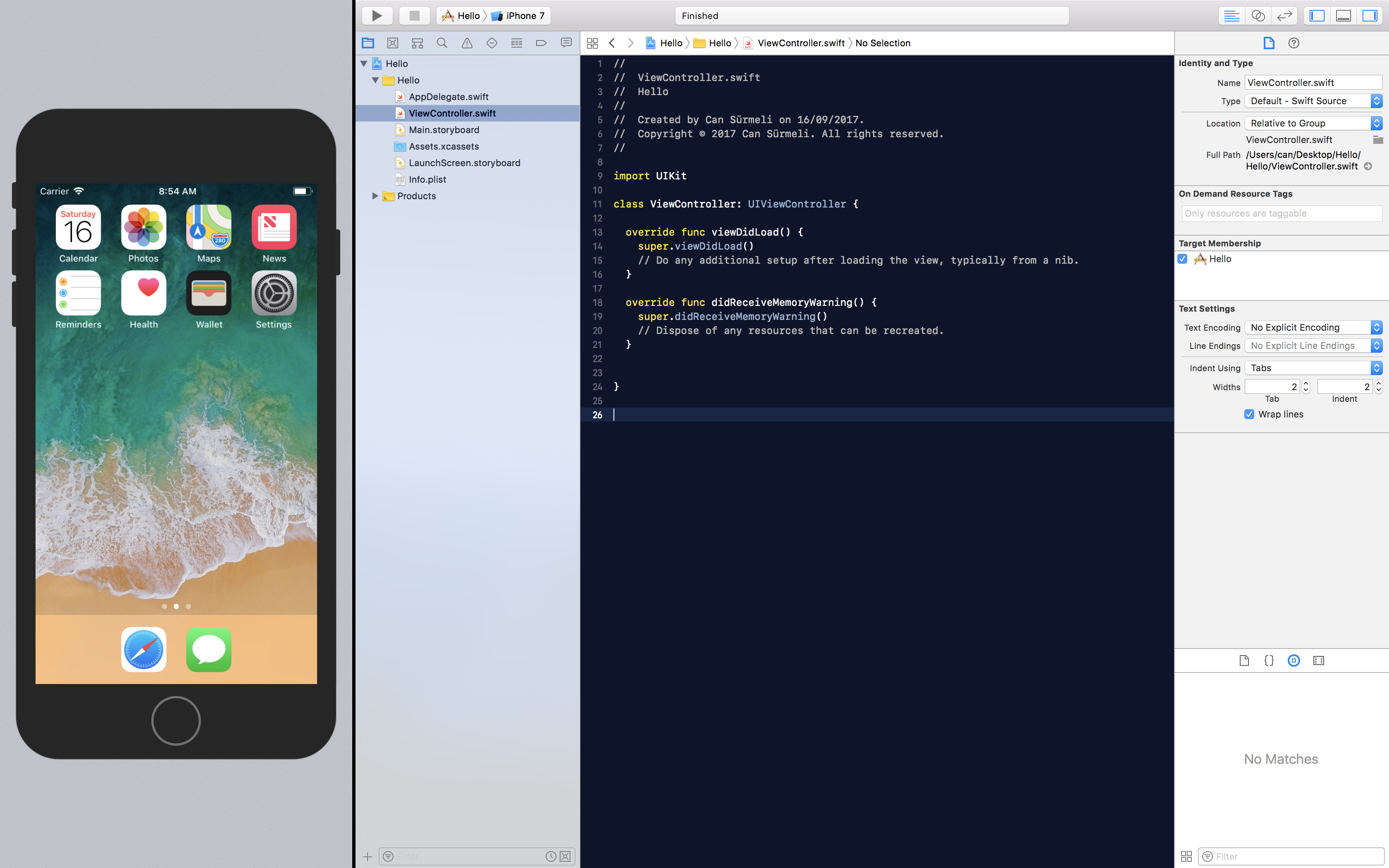

Open Xcode, then start iOS Simulator by choosing Xcode > Open Developer Tool > Simulator.
#SIMULATOR XCODE ZIP FILE#
To find the folder containing your app, you have to open one by one until you found your app name inside, like this :Ĭompress the app and send the zip file to your client.įor easier instruction, ask your client to unzip the compressed file at Desktop folder. In your simulator folder, locate to data/Containers/Bundle/Application, here you will see the folder for the apps you have built in the simulator. ~/Library/Developer/CoreSimulator/Devices/ Proceed to build your app as usual in Xcode, my app name is "exampleApp" for this tutorial.Īfter building, open Finder and proceed to the simulator folder path Build your app and locate its data folderīefore building your app, I recommend deleting all other existing app you have built previously on the simulator so that you can find your app data folder easier in the next step. In Finder, press Command + Shift + G, and enter the path.Ģ. ~/Library/Developer/CoreSimulator/Devices/. The folder containing the simulator data will be located at I will be using iPhone SE (iOS 11.2) as the selected simulator device for this tutorial, the corresponding UDID for it is "18BF1A2D-15C2-40E2-80A6-0CB87D2B56D4". Open terminal, and run instruments -s devices, you will see a list of simulator device and their UDID inside square brackets. Locate your iOS Simulator folder in Finder Thanks for the suggestion honeyeeb! 😆 1. app file and you can send the file to your colleague / client. Honeyeeb mentioned a faster way that we can use the compiled app in the ' Products' folder, send this to colleague/client and ask them to drag and drop it into iOS Simulator.Īfter building the app, go to the left side navigator bar, select Products > appName.app, right click it and select ' Show in Finder'.įinder will show the. So how do you send him the build to test without sending the source code over?Īpplications built for the simulator cannot be archivedįortunately, there's a way to send the compiled build so your client can run the compiled build without him having to build from the source code. your client suddenly tell you that his iPhone is broken and undergoing repair, but hey he has a Mac that can run Xcode and also iOS simulator and he still want to test your app! Of course you wouldn't want to send the full source code over before client paid you in full. Click on + iCon to create new simulator version. XCode -> Open Developer Tool -> Simulator This will launch Simulator as stand alone application 5 Hardware -> Device -> Manage Devices. The procedure can involve a few App Store redirections. Goto Xcode -> Preferences (Shortcut CMD,) 2. Step 1: If you already have an Xcode account, go to Account and select Download Tools in As Xcode is installed, hold off.
#SIMULATOR XCODE HOW TO#
The following is a step-by-step tutorial on how to use Xcode to simulate your iOS device's location.

#SIMULATOR XCODE ARCHIVE#
Usually you won't archive iOS app for simulator use, unless. Part 1: How to Use Xcode to Spoof Location.


 0 kommentar(er)
0 kommentar(er)
